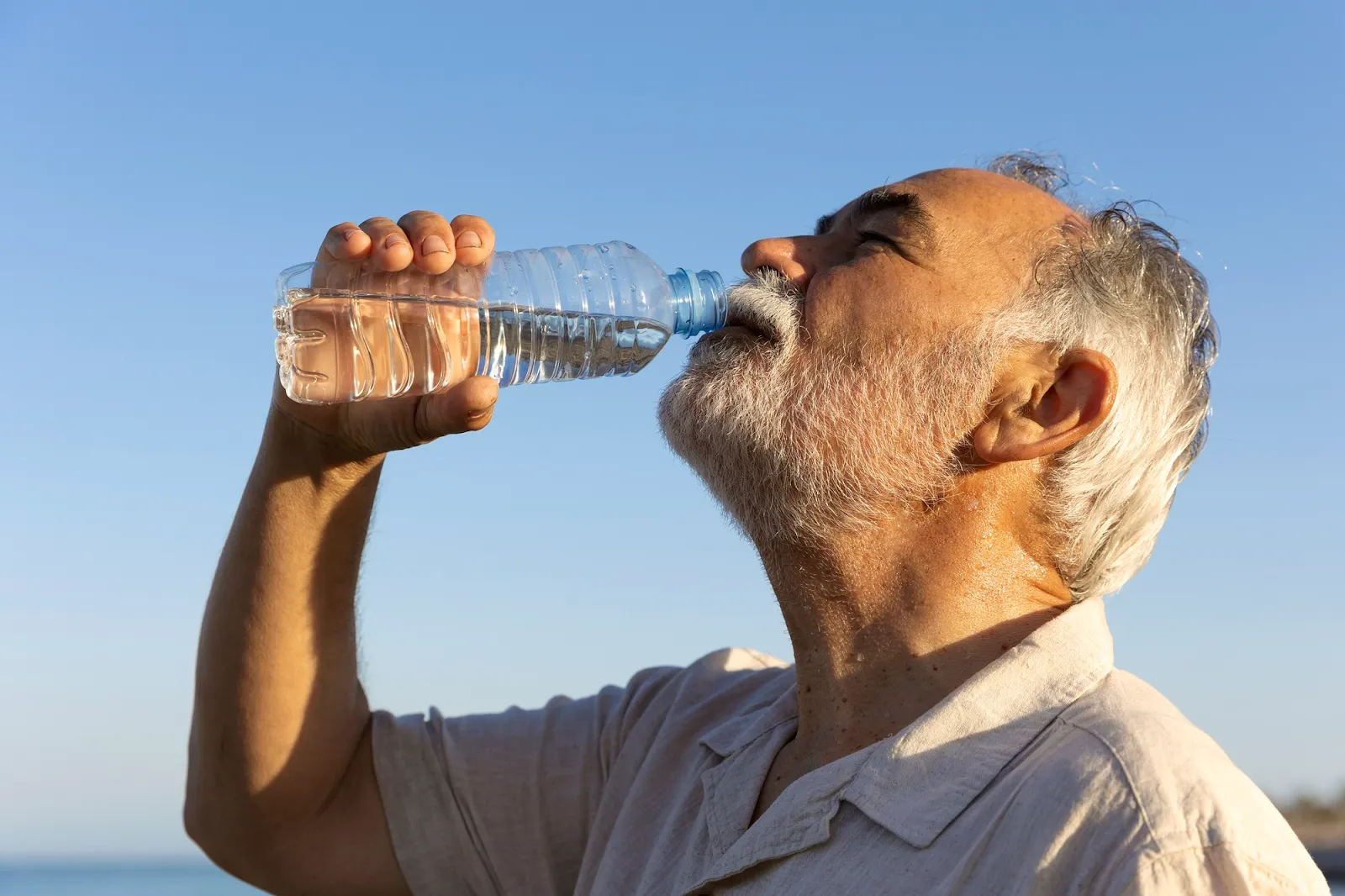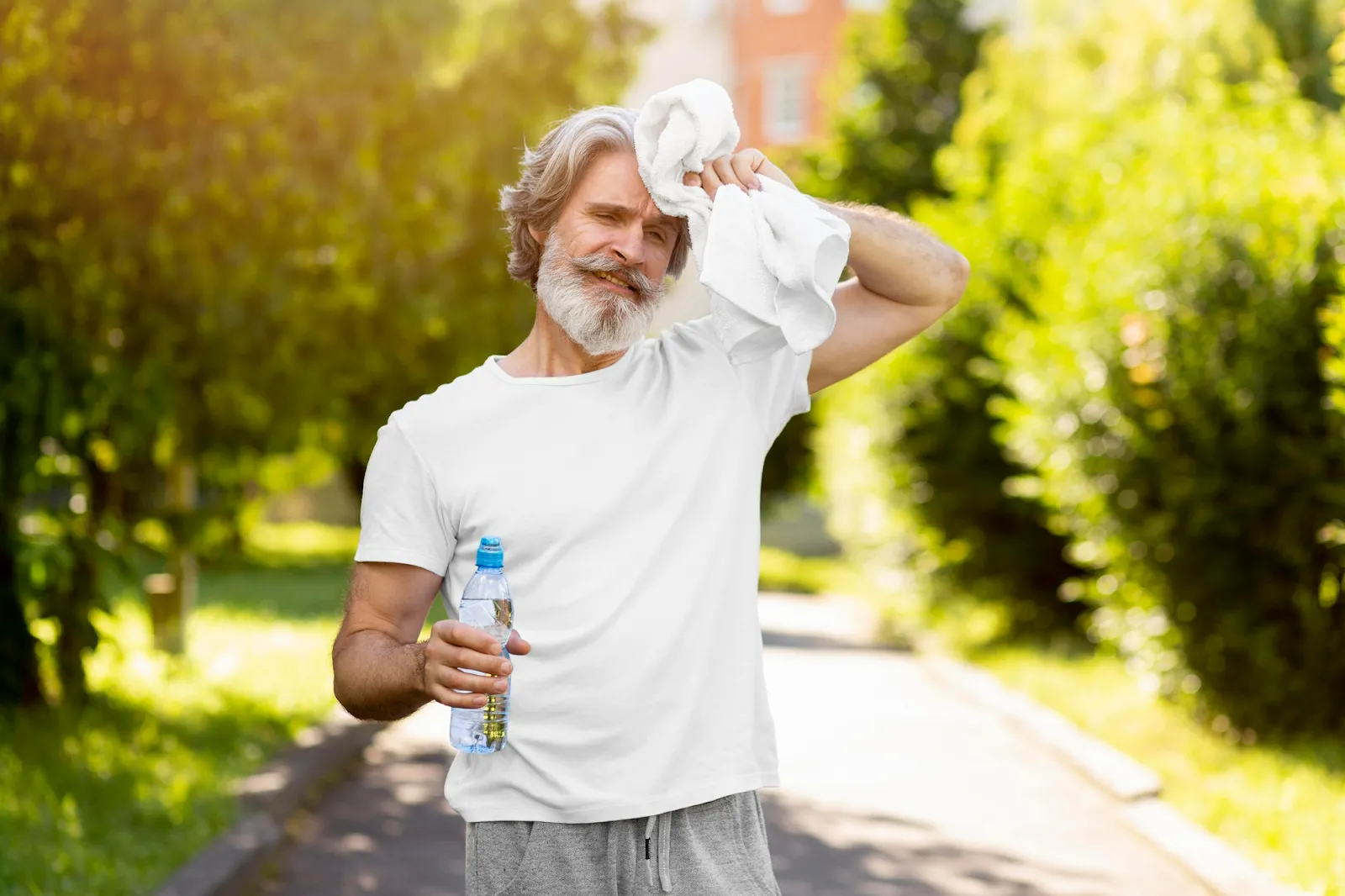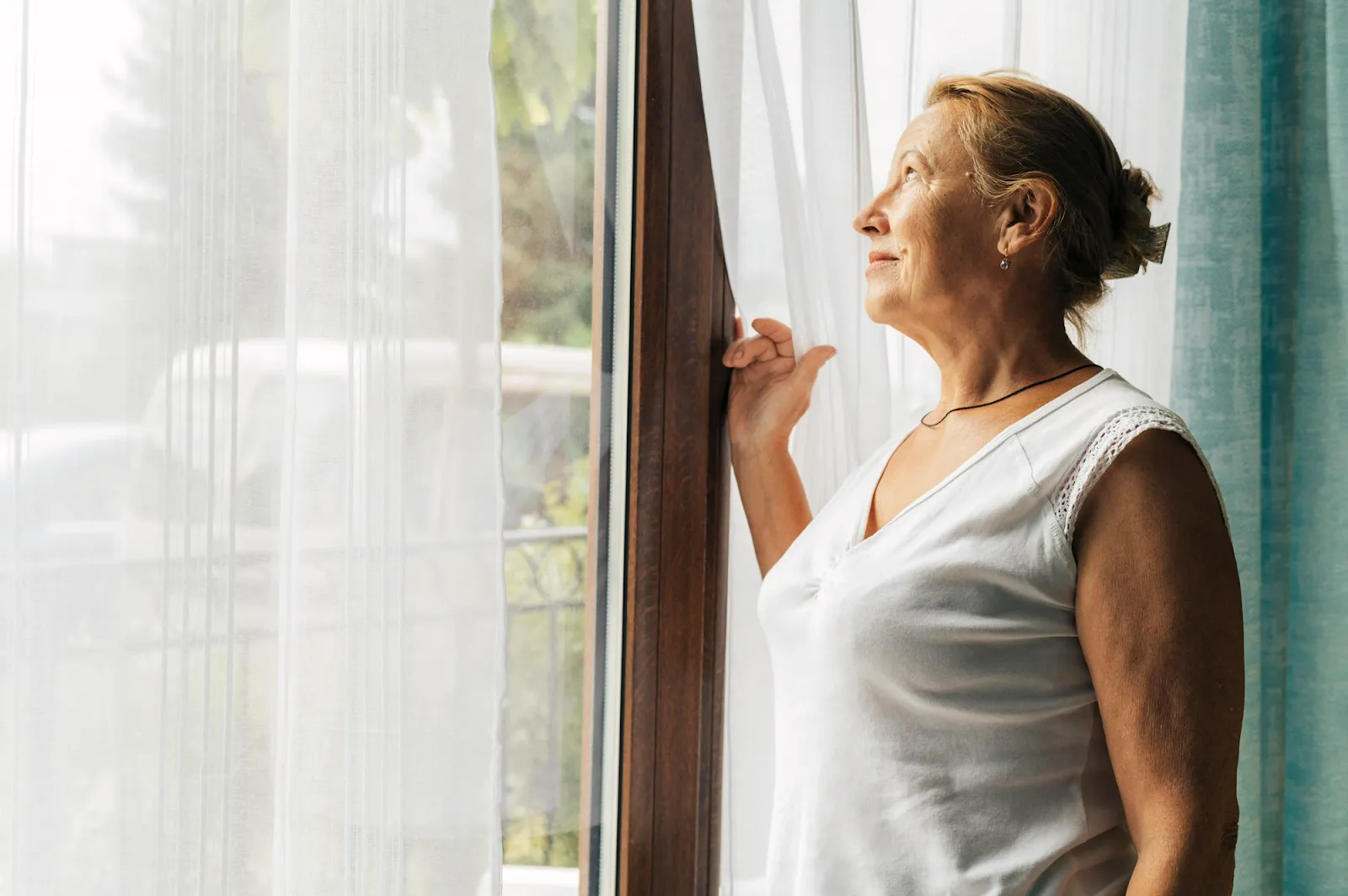When summer temperatures begin to rise, your body works overtime to keep its internal temperature under control. Heat-related illnesses can appear unexpectedly and affect thousands of people each year.
The good news? With the right knowledge and preparation, you can avoid becoming part of that statistic. Whether you love hiking, work in construction, or simply want to enjoy summer safely, we’ve gathered 5 guidelines for prevent and cope with heat-related conditions to help you stay cool when it gets hot.
Recognize The Warning Signs Before They Escalate
Your body sends clear signals when it’s fighting against heat, and catching them early can make all the difference. Heat cramps are usually your first red flag. Those painful muscle spasms are your body telling you it’s having trouble managing the heat.
If you ignore these early warnings, you might start sweating heavily, feel weak or dizzy, notice your skin turning cold and clammy, or even feel nauseous or develop a headache. At this point, your body’s cooling system is working at maximum capacity, but it hasn’t completely shut down yet.
Heat stroke sits at the dangerous end of the spectrum and requires immediate medical attention. When your body temperature exceeds 39.5 °C (103 °F), you might stop sweating completely, and your skin becomes hot, red, and dry. If you or someone around you begins showing confusion, slurred speech, seizures, or loses consciousness, this is a life-threatening emergency.
Stay Hydrated With Strategic Fluid Consumption

Drinking enough fluids is your first line of defense against heat illnesses. We recommend starting to hydrate several hours before going outdoors and continuing to drink regularly throughout your time exposed to heat.
What you drink matters just as much as how much you drink. Plain water works for short periods, but during prolonged heat exposure, you’re losing essential electrolytes that water alone can’t replace. Sports drinks, coconut water, or even a homemade solution help maintain the electrical balance your muscles and nerves need to function properly.
Acclimatize Gradually to Build Heat Tolerance

Think of heat acclimatization as training for your body’s cooling system. By gradually increasing your time in hot environments over 1–2 weeks, you’ll trigger important physiological changes that will help you handle heat better.
Your body will start sweating earlier and more efficiently, lose less salt in your sweat, increase your blood volume, and improve your cardiovascular efficiency—all helping you stay cooler.
If you’re planning to work or exercise in hot conditions, we suggest following a structured approach to build your heat tolerance.
Dress Strategically With Cooling-focused Attire
The right clothing choices enhance cooling, while the wrong ones can quickly lead to heat illness.
Lightweight, loose-fitting clothes in light colors are your best option, allowing air to circulate against your skin and helping sweat evaporate more effectively. While cotton and linen have traditionally been the preferred fabrics for hot weather, many modern technical fabrics designed specifically for heat can wick moisture away from your skin even better.
Sun protection is a key aspect, but often forgotten when dressing for heat. It might seem strange to cover up more when it’s hot, but sunburned skin loses much of its ability to cool effectively.
Create Cool Environments Through Smart Planning

When you must be active during peak heat, try implementing scheduled work/rest cycles based on temperature, humidity, and how intense your activity is—this helps prevent heat from building up in your body to dangerous levels.
You’d be surprised how much you can modify your environment to reduce heat stress, even outdoors. Setting up temporary shade structures, misting systems, or fans can create pockets of air that are 10-15 degrees cooler than surrounding areas.
If you’re indoors without air conditioning, try strategic window management—open windows at night to let in cool air, then close them and lower blinds during the day to keep heat out.
During heat waves, consider establishing a buddy system with friends, family, or neighbors to check on each other regularly, especially for older adults who live alone and might not recognize the symptoms of heat illness in themselves. These steps are all part of the 5 Guidelines For Prevent and Cope.






